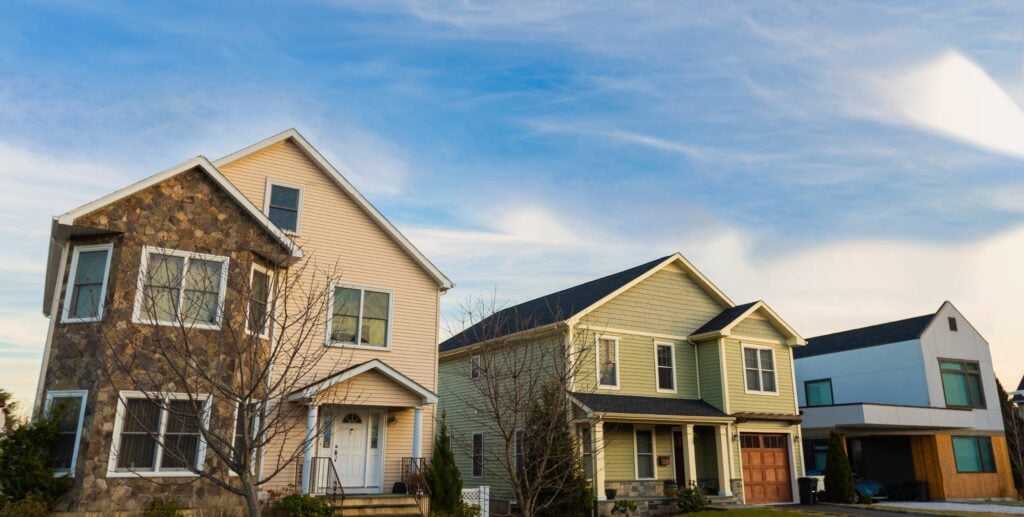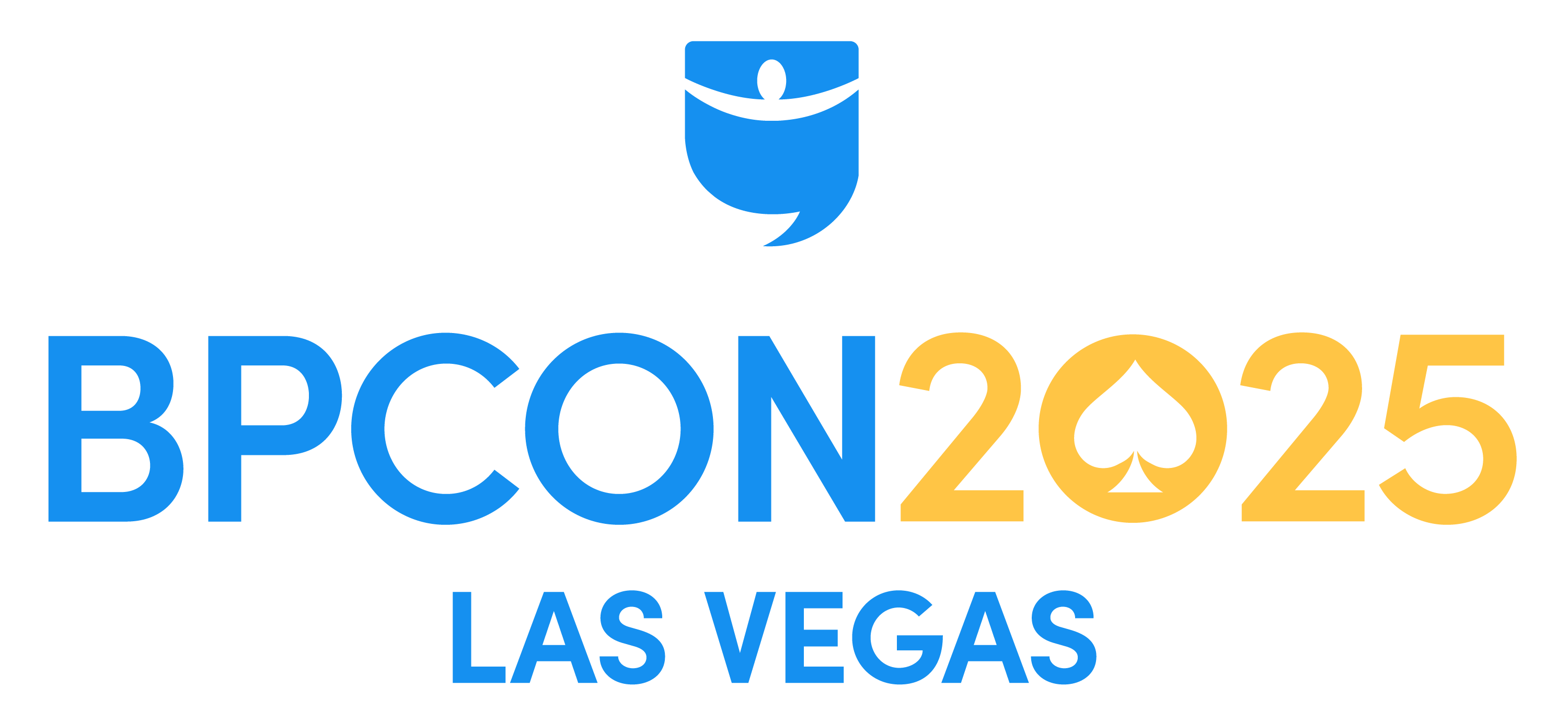Everyone calls themselves “middle class.” No, really—just 10% of Americans identify as lower class, and only 1% identify as upper class.
But by definition, not everyone can actually be “middle class,” or the term loses all meaning.
If we can’t even define “middle class,” how can we define the more narrow “upper-middle class”?
Regardless of how you define it, however, real estate investing can definitely get you there faster.
A Few Numbers to Define Upper-Middle Class
One way to define the upper-middle class is by net worth.
For the sake of argument, let’s call the bottom 25% of percentiles lower class, the 25th-75th percentile middle class, the 75th to 90th percentile upper-middle class, and the top 10% upper class. The most recent Current Population Survey from the Federal Reserve shows that Americans in the 75th to 90th percentile have a net worth of $658,340 – $1,920,758.
Alternatively, you could define upper-middle class by income. Using the same range of the 75th to 90th percentile, that would mean a household income range of $144,770 – $234,769 (using the same CPS data).
Some analysts ignore percentiles in favor of a different approach. A 2025 analysis by GoBankingRates defined the middle class as those earning between two-thirds to double the area median income (AMI). That comes with the advantage of being more targeted, as local incomes and costs of living vary dramatically across the country.
For instance, a household income of just $85,424 would land you in the upper-middle class in Mississippi. But in Maryland (where I just moved back to from Peru), it takes at least $158,126 to qualify.
How Real Estate Gets You There Faster
No matter which metric you use, I count as upper-middle class (even if it doesn’t feel that way here in the States, after living abroad where I truly felt upper-middle class).
I’ve worked in real estate since I graduated from college in 2003, and I can tell you firsthand that real estate investing helped. But I’ll also share a few firsthand stories from other investors who have landed squarely in the upper-middle class as well.
Opportunity for asymmetric returns
I’m not one of those real estate guys who hate stocks. Stocks can do wonders for your portfolio: They have historically returned 8%-10%, they’re liquid, they’re passive, they come with a low minimum investment, they’re easy to diversify with index funds, and it’s easy to invest in them with tax-advantaged or taxable brokerage accounts.
But I routinely earn returns in the mid-teens or higher from my passive real estate investments.
For example, I just got this quarter’s distribution from a land investing fund that my co-investing club went in on together last year. It pays 16% in distributions every year like clockwork.
Every month, I get together with other members of a co-investing club to vet deals together. The low minimum investment ($5,000) per person is nice, but where the investment club really shines is in vetting deals as a community. We hop on a Zoom call to grill operators together, and we all discuss the risks and returns.
Having that many eyeballs on an investment reduces risk—and helps us find deals with relatively high returns and moderate risk. Read: asymmetric returns.
Leverage
Whether you invest passively or actively, leveraging other people’s money can enhance your real estate investment returns.
Austin Glanzer of 717 Home Buyers had almost no cash when he started investing in real estate at just 20 years old. Yet, he was able to buy his first property with an FHA loan, then lean on that to help him buy the next one. “I didn’t grow up with money, but learning how to leverage FHA loans and reinvest cash flow helped me quickly build a portfolio of five rental units,” he says. “Those units now generate over $3,000 a month in cash flow and are worth over $500,000 today.”
You don’t need much to get started. Once you’re in the game, though, a new set of opportunities opens up.
Path from active business to passive income
To convert most businesses from active labor to passive income, you have to hire people to do all the different roles you previously worked as the founder.
But house flippers have an easier path. Rather than selling after they finish renovating properties, they can simply refinance and keep some for themselves as rentals.
It’s called the BRRRR strategy: buy, renovate, rent, refinance, repeat. When you refinance, you can pull your down payment back out of the property, letting you recycle the same down payment to buy property after property.
There’s no limit on how many rental properties you can buy with the same down payment—or the returns you can earn on that cash. That’s why some real estate investors refer to this strategy as offering infinite returns.
This form of leverage can pave a quick path to financial independence. “I started flipping homes in the Chicago area, but quickly realized the power of owning cash-flowing rentals,” explains Samuel Wooten, owner of Two Rivers Properties. “Within just a few years, I had built enough passive income to cover my living expenses. And that says nothing of the equity stacking up on top of that.”
Appreciation
As Wooten pointed out, investment properties don’t just generate income. They also rise in value over time, creating equity.
You can cash out that equity in many ways. Sure, you could sell properties. But you could also offer them up as cross-collateral to avoid making a down payment on a new property. Or you could refinance them every 10 to 15 years, letting your tenants pay down your mortgages for you before cashing out the equity all over again. You could also take out a HELOC against them, perhaps even replacing your existing mortgage to use velocity banking to pay down the debt faster.
Leverage helps you earn outsized gains on your cash investment in real estate. To use easy math, imagine you buy a $100,000 rental property, financing 80% of it with a loan. It appreciates by a typical 4% in the first year, rising to $104,000 in value. That $4,000 gain translates to a 20% return on your cash down payment of $20,000.
George Shada of G&R Investment Group explains that he didn’t start investing in real estate thinking he’d get rich (although he has, by many definitions). “I just wanted more freedom than my old day job offered,” he adds. “But after buying my first rentals in Lincoln, Nebraska, I started to see how powerful this business could be. Now I own a portfolio that not only generates income but has grown substantially in value. Real estate gave me a clear path to the upper-middle class by turning sweat equity into actual net worth.”
Tax benefits
One of the members in my co-investing club, Dan F., always asks first and foremost about tax benefits.
He has “too much” passive income (talk about a good problem to have). So he likes syndications for the huge depreciation write-offs in the first few years. He gets to show a loss on his tax return to offset his other income streams, even as he collects distributions in real life.
That depreciation write-off was just supercharged, with 100% depreciation being made permanent by the One Big Beautiful Bill Act (now law).
In fact, this upfront depreciation also enables the “lazy 1031 exchange” strategy. As old investments sell off and pay out, you can offset both the capital gains tax and depreciation recapture with new depreciation from new passive investments.
And you don’t even have to putz around with qualified intermediaries, the 45-day rule, or the 180-day rule like you do with actual 1031 exchanges.
Want to Join the Upper-Middle Class?
You don’t need an advanced degree to earn a high income or grow your net worth with real estate investments.
The investors I referenced? None of them have advanced degrees or a history of earning huge salaries. They joined the upper-middle class by simply learning how to invest in real estate.
Not only can it help you get there, but it can help you stay there. I invest passively in real estate every month to keep growing a diverse portfolio that both generates income and appreciates in value. And, of course, helps lower my tax bill.
Join the upper-middle class—and then keep right on going to reach financial freedom.
A Real Estate Conference Built Differently
October 5-7, 2025 | Caesars Palace, Las Vegas
For three powerful days, engage with elite real estate investors actively building wealth now. No theory. No outdated advice. No empty promises—just proven tactics from investors closing deals today. Every speaker delivers actionable strategies you can implement immediately.














